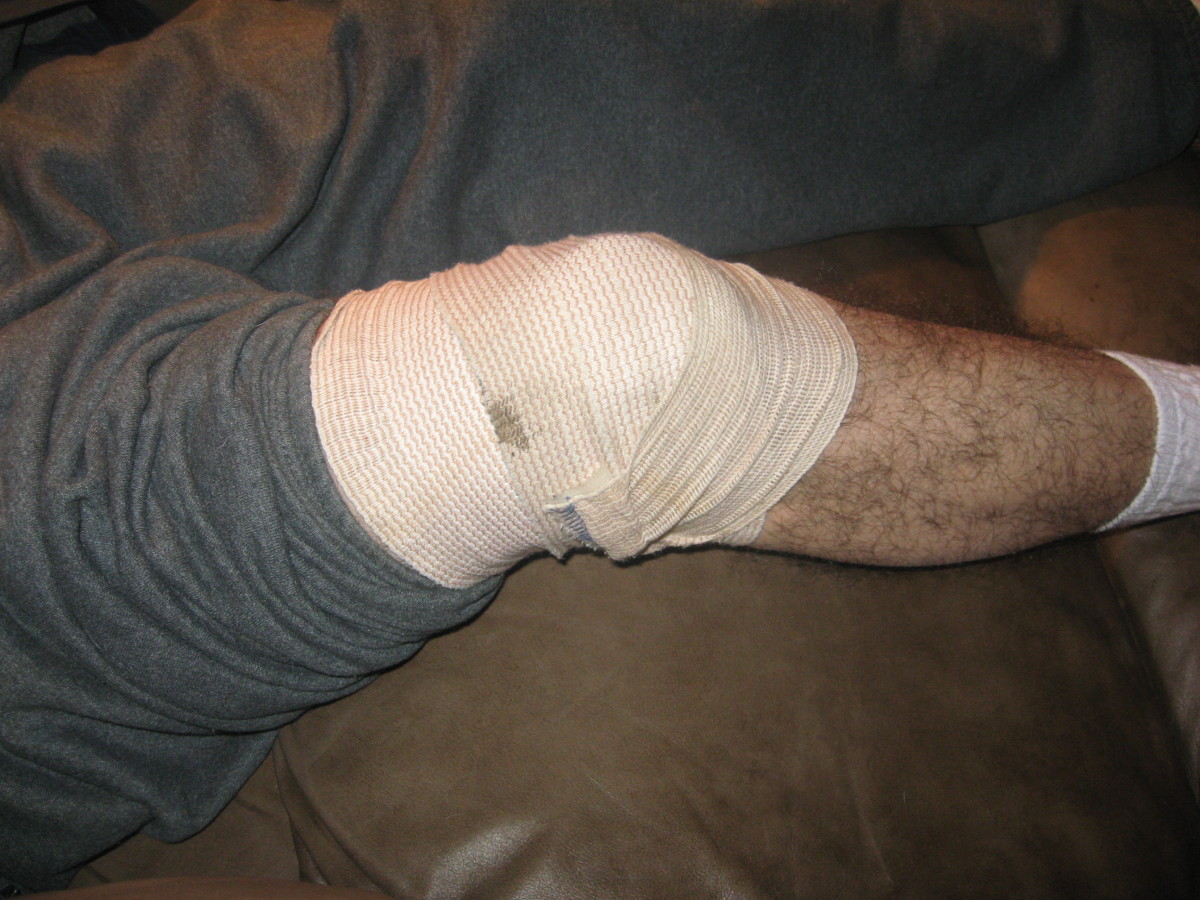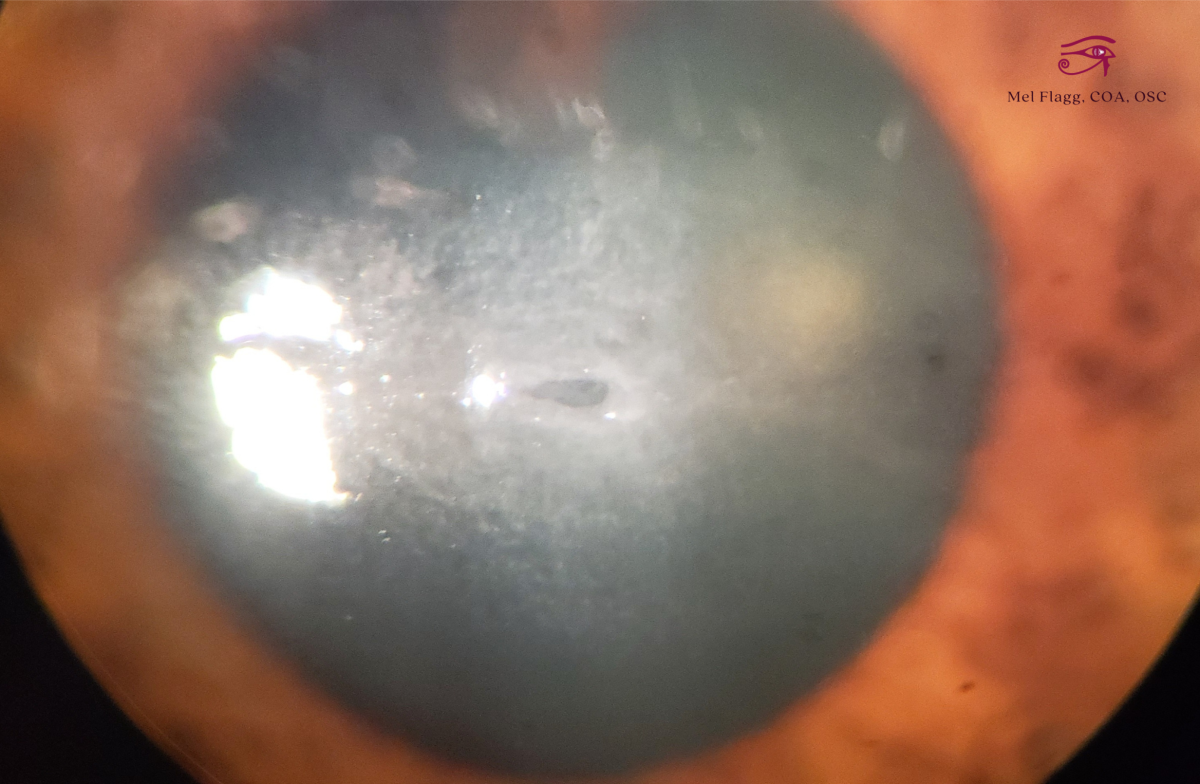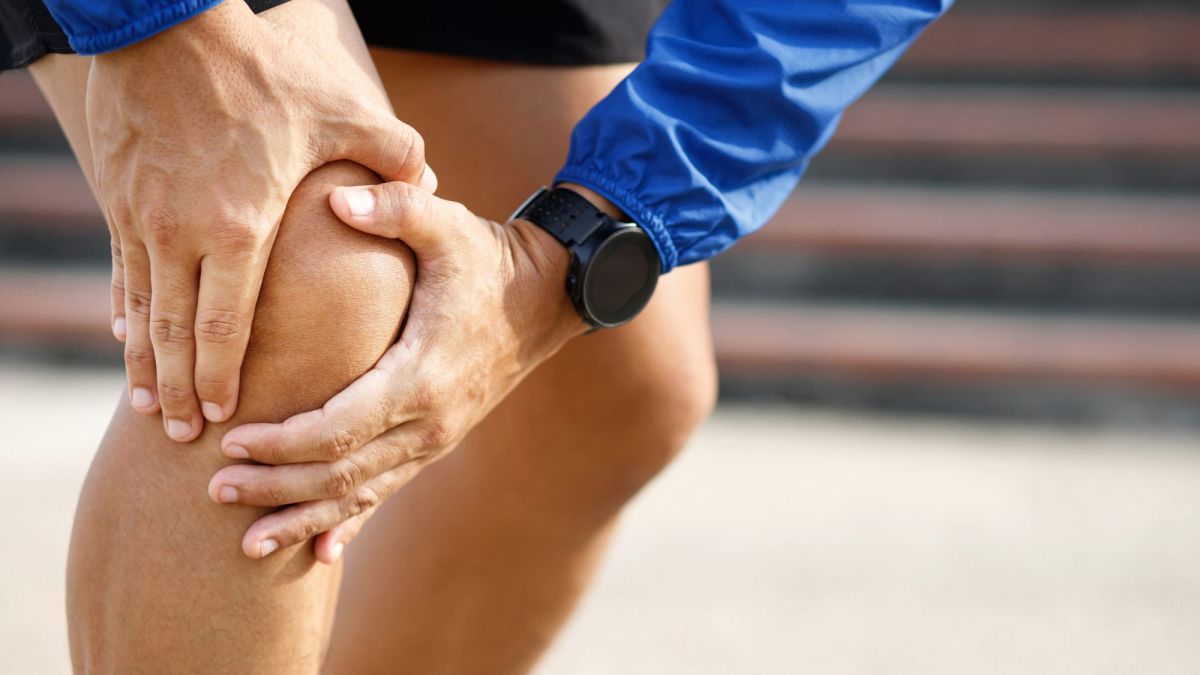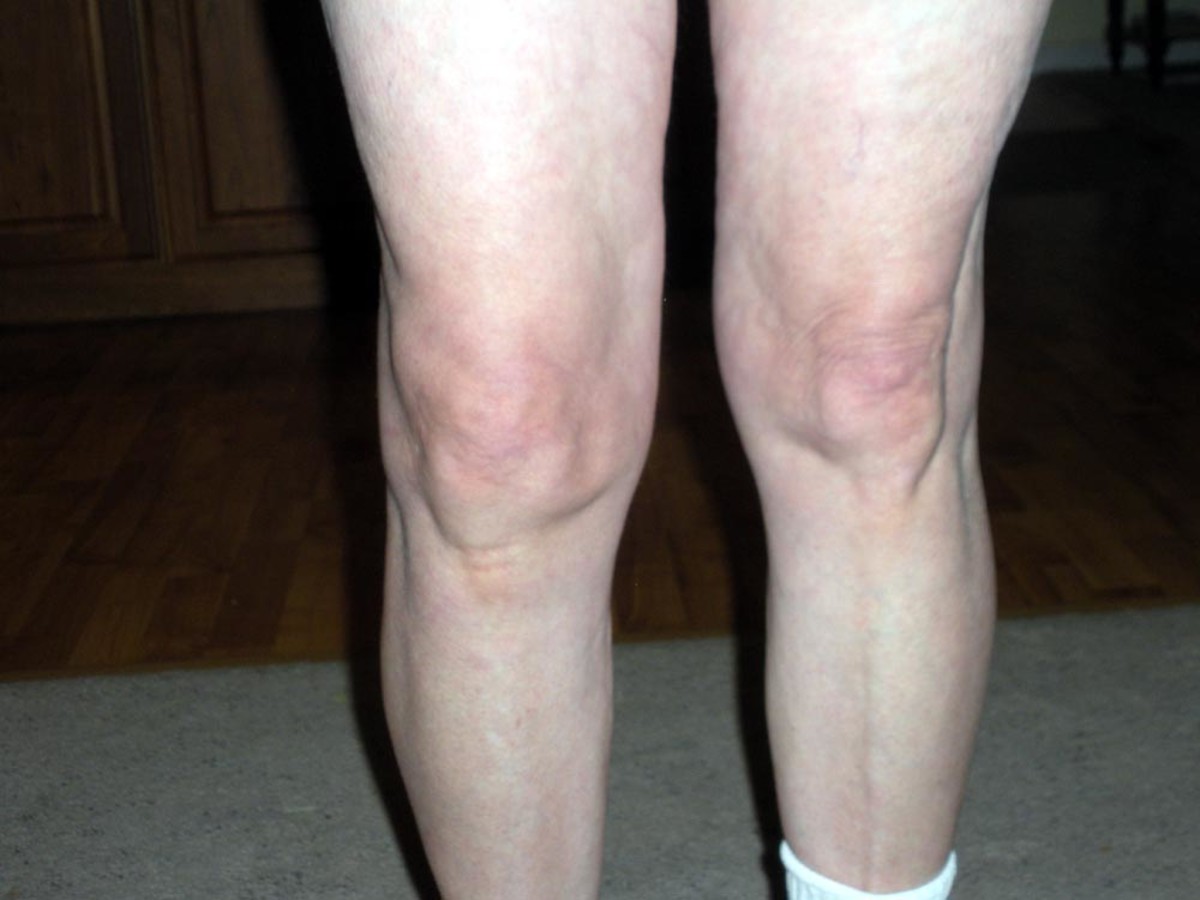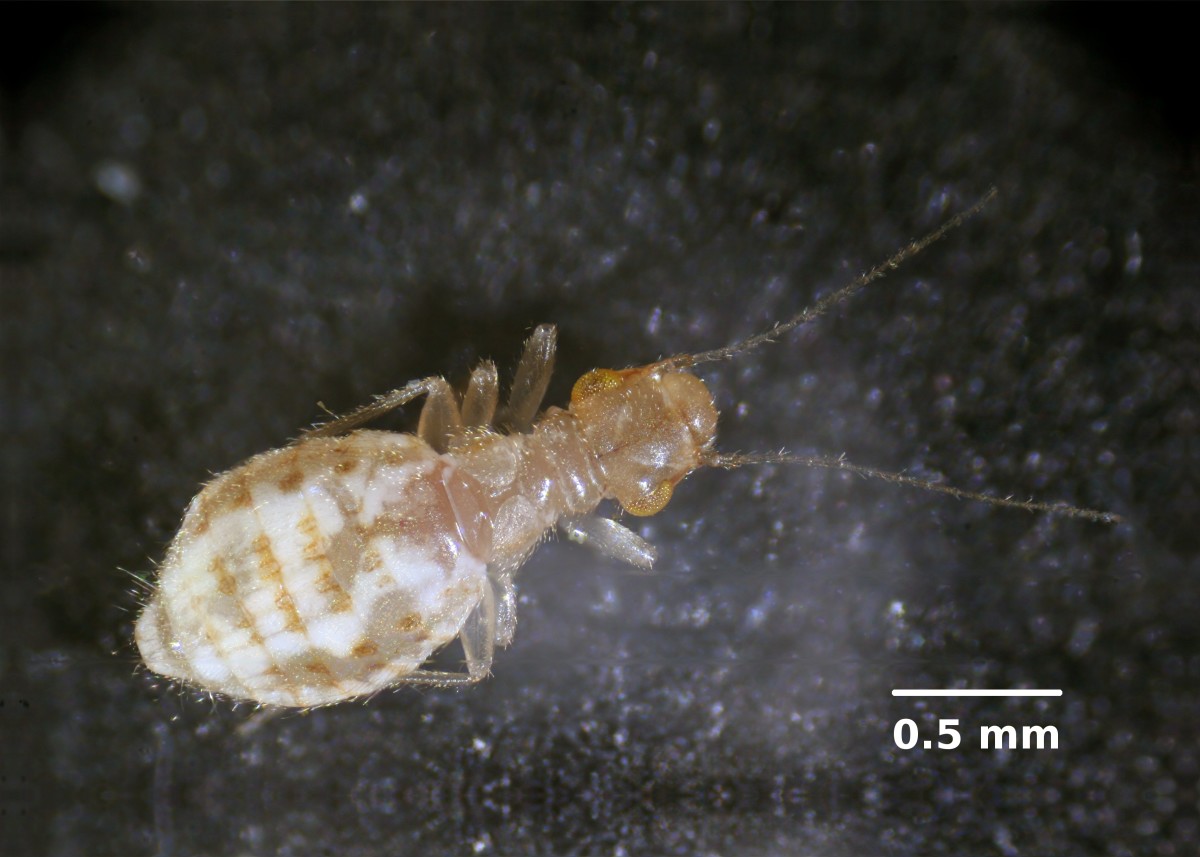Common Knee Injuries: Preventing Common Problems After Surgery
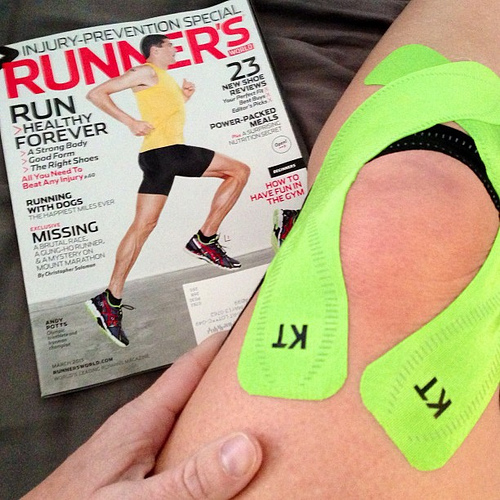
After my surgery to fix the ligament in my knee, my doctor made it clear that there could be subsequent problems. There were common knee injuries that patients suffered from because they didn’t look after themselves. I made sure that I followed all exercises to strengthen my knee and looked for ways to avoid the most common problems.
After surgery, the knee is weakened. This is often just temporary as long as you follow instructions and take the steps to improve the strength around the joint. I was worried about losing my career in the military after damaging the ligament in my knee so I made sure that I followed everything my doctor and physiotherapist told me.
There are times that my knee aches more than others. The cold will upset it more than anything else. However, I know that injuries are less likely because I’ve taken the steps to avoid them and you can too. This is also beneficial for those who haven’t had surgery but struggle with other injuries or pain in their knees.
Torn ACL Knee Injuries
A torn anterior cruciate ligament (ACL) is one of the most common knee injuries for sports players, according to Mayo Clinic, and happens usually because players stop, turn and start moving again quickly. The knee twists and some patients mention that they hear a popping sound, which is the ligament tearing.
This was the injury that I suffered from after being tackled in soccer. The person caught my knee with their foot and caused it to twist. It is one that I am more at risk but it is possible to prevent.
Mayo Clinic offers advice for patients looking to prevent their ACL from tearing. The first is through improving the conditioning of your body through training programs, which include stability, strengthening and aerobic exercises. I exercise on a daily basis and focus on different areas of my body each day.
After recovering from surgery, my physiotherapist gave me exercises to help strengthen my quadriceps and hamstrings. These need no expensive equipment as squats are perfect for this and they are exercises completed easily at home.
To recover quickly from this injury, I followed the exercises the physiotherapist gave me completely. I made sure that I did them at least once a day and focused on the quality of the exercise not just the amount that I could do per session.
This helped me get back to walking around the house without a limp and meant that I didn’t need to use a crutch to support my weight. In fact, the physiotherapist took my crutch off me at the second appointment with him when he checked the strength of my knees.
Books to Help with Knee Injuries
Common Knee Injuries: Cartilage Tears
Mayo Clinic states that the most common knee injuries of all are those where the cartilage tears, medically called a meniscal tear. Like tears to the ACL, these injuries happen when the knee twists while being compressed.
It is common in just normal, everyday movements, including squatting and kneeling. It can also happen through old age and wear and tear – and Mayo Clinic continue to state that it is part of the process of arthritis.
Not everyone notices a tear in the cartilage and it can be so tiny that there is no pain or symptoms. This is problematic since it is harder to prevent than other injuries.
When I expressed my fear about this to my doctor, he did tell me that most of these tears heal on their own and do not affect the ability to play sports or live normally every day. Patient.co.uk supports this fact.
There are times that the injury will become worse and need treatment. Since it is one of the most common injuries in the knees, it is easier to diagnose and treat compared to many of the others.
Patellar Tendinitis
The patella (kneecap) is connected to the shinbone by a tendon and this can become injured. The injury is known as patellar tendinitis and was another injury that I was informed to look out for after surgery. Mayo Clinic states that this is another of the common knee injuries that those playing sports suffer from, especially those who play a sport involving jumping.
At the time of the surgery, this was not too much of a worry since I mainly ran and played soccer. However, when I started university three years later I started playing basketball and the thoughts about the injury came back.
Strengthening my knee remained important to help prevent this injury along with the others. I continued doing my squats and joined the university gym to push weights to help further strengthen my quadriceps, hamstrings and my calves. According to Mayo Clinic, when the thigh muscles are stronger, they can handle the stress placed on the patellar to prevent the issue.
Something that I regularly did and was informed to stop was play and train through pain. The military placed the idea of “no pain, no gain”. It was a common saying that stopped people from dropping out of an exercise or training session because of a niggling pain since most of it was in the mind.
Pain in my knee often became a sign that I had to stop or slow down. I had to learn when the pain was because I was tired or when it was due to the specific exercise that I was doing.
One game I thought I’d damaged the tendon after jumping for the ball and landing hard on the leg that had the surgery. I had to stop playing and got ice to place on the injury. I was lucky as 10 minutes later the pain had gone and I was back on the court. After that game I was always worried about it happening again so I increased the workouts in the gym to keep my legs strong so that they could handle the pressure of the game.
Preventing Knee Injuries
Preventing Knee Injuries Being a Future Issue
The military is no longer my career due to other injuries and medical issues but that doesn’t stop me taking the steps to prevent another knee injury. I am still active and want to take the precautions to avoid another injury to be able to enjoy life.
I don’t play as many active sports anymore since it is difficult to fit them around my daily routine. I now mainly opt for swimming, which helps to keep the pressure off my knee and lowers the risk that I will suffer from one of the common knee injuries.
When I do run, I avoid heavy steps and stick to softer ground to run on. This helps to reduce the amount of pressure and stress that my knees are under during my training. I know that I can never completely avoid all injuries but I can do my best at preventing them.
The main injury that I am now concerned about is the torn cartilage due to the fact that it can happen at any time and it is not necessarily due to playing sport. The best thing that I can do is keep my legs strong, which I manage through squat exercises in my home and resting when I feel pain.


